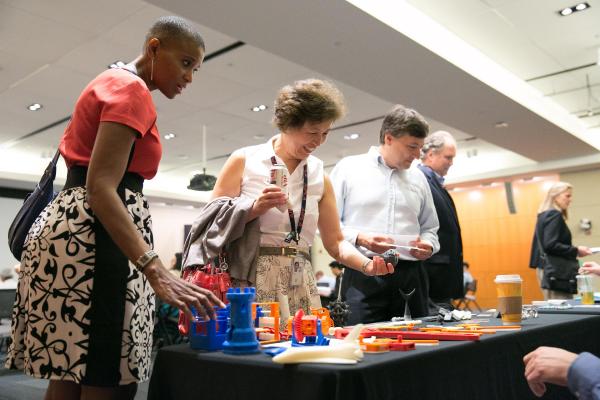Increasingly, we’re seeing the products of additive manufacturing – better known as 3D printing – all around us: in retail stores, in classrooms, and even in medical technologies.
The U.S. Patent and Trademark Office (USPTO) received over 8,000 patent applications last year alone in the field of additive material technologies. These represent a range of products – from household items to prosthetics – that are being manufactured with 3D printing and are having a positive impact on people’s lives and the economy.
One of the founding minds in 3D printing is National Inventors Hall of Fame inductee Charles Hull. Troubled how long it could take to create a prototype of a new device or tool, he created stereolithography in the 1980s, the first commercial rapid prototyping technology, now known as 3D printing. In recent years, the growth and popularity of 3D printers has skyrocketed, as they are increasingly being used by small businesses, hobbyists and entrepreneurs because of their speed and accuracy. There is now even a 3D printer on the International Space Station.
Exciting advances are being made with 3D bioprinting, a method of using 3D printing to create new tissues and organs. The USPTO works with the National Inventors Hall of Fame in running the annual Collegiate Inventors Competition, which has showcased the next generation of 3D printing innovation, such as previous graduate school winner Dave Kolesky for 3D bioprinting of vascularized human tissue. Learn more about 3D bioprinting in the USPTO’s Science of Innovation video, produced by NBC Learn.
The USPTO plays an important role in supporting American businesses in new and growing industries to get new products and technologies to the marketplace faster. This ultimately drives innovation and creates new jobs for American workers, benefitting consumers and manufacturers alike.
Lastly, to stay ahead of the curve in new areas, the agency partners with private industry in other areas such as cybersecurity and bioscience, all while providing the most up-to-date technical training to patent examiners who examine these new technologies every day.


